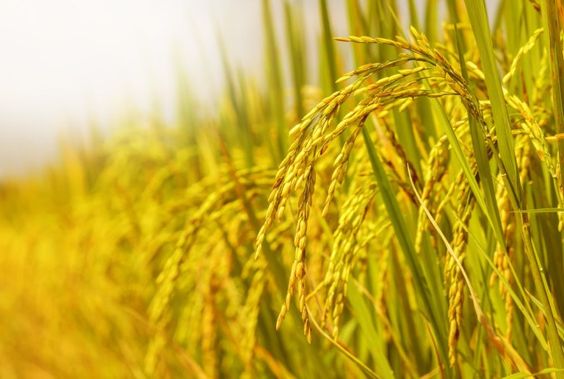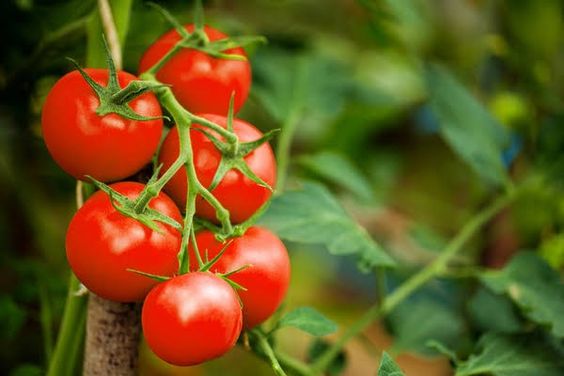The Power of Synergy: Leveraging Integrated Agricultural Systems in Smart Agriculture
Integrated Agricultural Systems sector is undergoing a significant transformation. Smart agriculture technologies are revolutionizing how we farm, offering precise data-driven insights and automation to optimize yield, resource use, and overall farm management. However, to truly harness the full potential of this technological revolution, a holistic approach is needed. Enter the concept of integrated agricultural systems (IAS).
What are Integrated Agricultural Systems?
An IAS is a comprehensive approach to agriculture that integrates various technologies, practices, and knowledge systems to create a synergistically functioning farm ecosystem. It goes beyond simply deploying individual smart agriculture tools. Instead, it emphasizes the interconnectedness of all aspects of farming, from soil health and water management to crop selection, pest control, and data analysis.
Contents
Key Components of an Integrated Agricultural System
- Smart Technologies: Sensors, drones, Internet of Things (IoT) devices, and automation tools collect real-time data on soil moisture, nutrient levels, pest activity, and weather conditions. This data is then analyzed using advanced software to generate insights that inform decision-making.
- Precision Farming Techniques: Based on data analysis, farmers can implement precise application of water, fertilizers, and pesticides. This reduces waste, optimizes resource utilization, and minimizes environmental impact.
- Sustainable Practices: IAS emphasizes techniques that promote long-term soil health, biodiversity, and water conservation. These practices may include crop rotation, cover cropping, integrated pest management (IPM), and organic farming methods.
- Data Analytics and Knowledge Management: Data collected from various sources is integrated and analyzed to generate actionable insights. This information is then combined with farmer knowledge and experience to create a powerful decision-making framework.
Benefits of Integrated Agricultural Systems
- Enhanced Efficiency and Productivity: IAS optimizes resource utilization, leading to increased yields with less water, fertilizer, and energy consumption. This translates to higher profitability for farmers.
- Improved Sustainability: By promoting soil health, biodiversity, and water conservation, IAS ensures long-term agricultural sustainability and reduces environmental impact.
- Reduced Risk Management: Real-time data allows farmers to proactively address potential problems like pest outbreaks or water stress. This minimizes crop losses and ensures a consistent harvest.
- Improved Decision-Making: Data-driven insights enable farmers to make informed decisions regarding planting schedules, resource allocation, and crop management practices.
- Traceability and Transparency: Integrated systems can create detailed records of farm operations, which promotes transparency in food production and facilitates certification for organic or sustainable farming practices.
Implementation Challenges and Considerations
While IAS offers numerous benefits, implementing these systems can come with challenges. Here are some key considerations:
- Cost of Technology: Setting up an IAS can require an initial investment in sensors, software, and other technologies. However, potential long-term benefits like increased yields and resource savings can outweigh these costs.
- Technical Knowledge: Using and interpreting data from smart technologies may require training and technical assistance for farmers.
- Infrastructure and Connectivity: Reliable internet connectivity is crucial for data transmission and analysis. This might be a challenge in remote areas.
- Integration and Standardization: Integrating data from different sources and ensuring compatibility between technologies can be a complex process.
Overcoming Challenges and Moving Forward
Integrated Agricultural Systems,Despite the challenges, the benefits of IAS are undeniable. To facilitate adoption, a collaborative approach is crucial. Governments, research institutions, technology companies, and extension services can work together to:
- Develop affordable and user-friendly technologies: Focus on creating cost-effective solutions suited for small-scale farmers.
- Provide training and support: Offer training programs to help farmers understand and utilize smart technologies effectively.
- Improve rural infrastructure: Invest in expanding internet connectivity to remote agricultural areas.
- Promote research and development: Encourage ongoing research to develop new technologies and best practices for integrated agricultural systems.
The Future of Agriculture: A Symphony of Technology and Sustainability
Integrated agricultural systems represent a paradigm shift in agriculture. By fostering a synergistic relationship between technology, sustainable practices, and farmer knowledge, IAS paves the way for a more efficient, productive, and environmentally responsible agricultural future. As we move forward, collaborative efforts will be essential to ensure that this transformative approach takes root and empowers all stakeholders within the agricultural sector.




